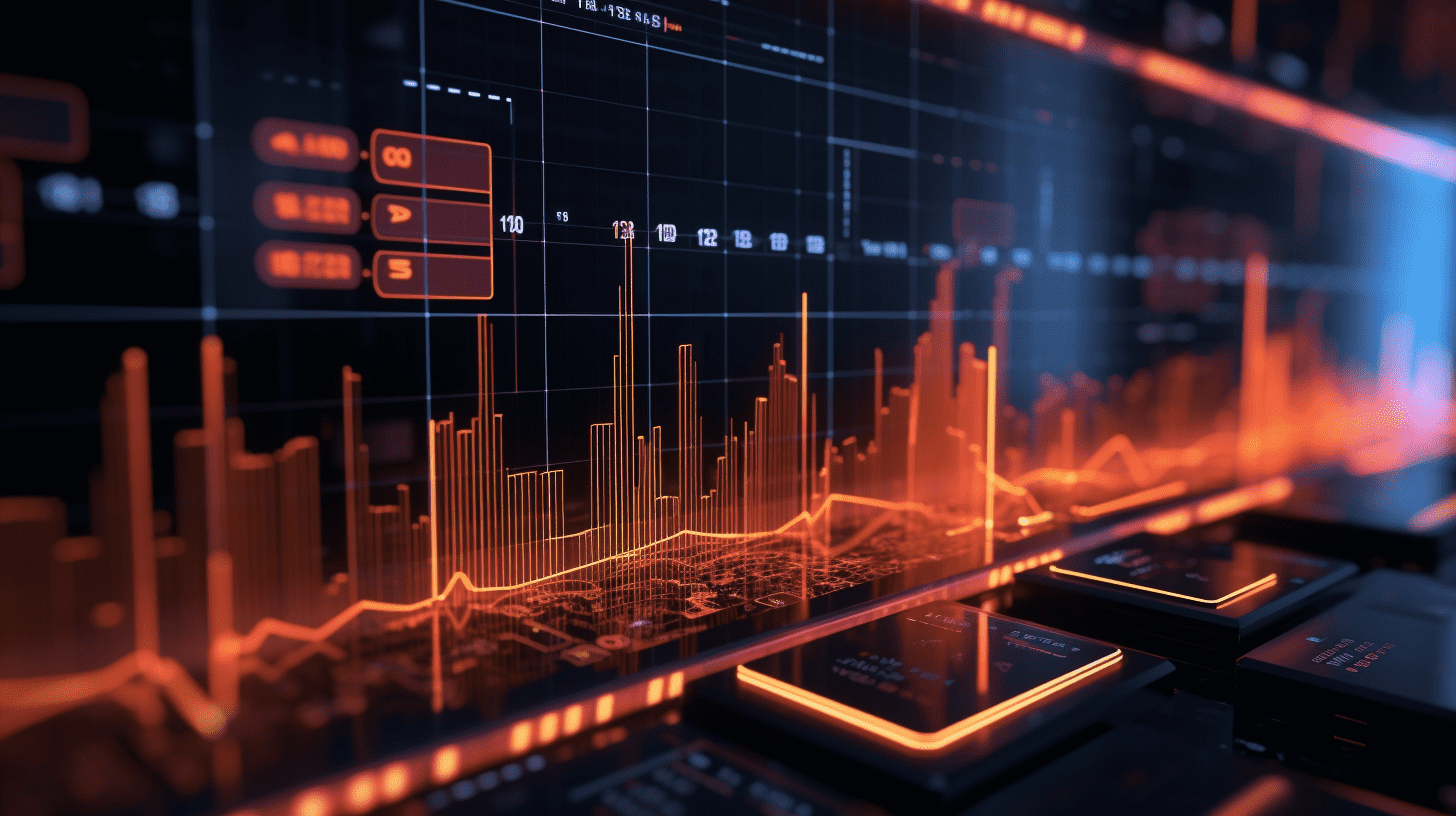
China Galaxy Securities: Strong growth in data centers leads to increased electricity consumption, low carbon power sets sail.
China Galaxy Securities released a research report stating that the energy consumption of data centers is rapidly increasing. Driven by the policies of "energy consumption dual control" and the "Special Action Plan for Green and Low-carbon Development of Data Centers," it is expected that by that time, the proportion of green electricity demand will reach 71%. The analysis points out that the "Eastern calculation, Western calculation" project promotes regional differentiation layout: the development of "new energy + data center" is suitable for the Northwest hub, while garbage incineration power generation is key for Beijing, Shanghai, Guangzhou, and Shenzhen. Hydroelectric and nuclear power are limited by construction periods. It is worth noting that garbage incineration enterprises can increase their IRR by 1.39 percentage points through direct power supply, and wind power projects are viable at a price of 0.26 RMB/kWh. Current risks to watch out for include policy implementations falling short of expectations, but the integration of green electricity and data centers has become a trend.
The main points of China Galaxy Securities are as follows:
1. The CAGR of domestic data center electricity consumption from 2024 to 2030 will reach 16.1%.
2. There are currently two different data calibers for domestic data center electricity consumption, one published by the China Academy of Information and Communications (150 billion kWh in 2023) and the other quoted by the China Energy News (270 billion kWh in 2022). Based on the China Academy of Information and Communications data, the bank estimated that the electricity consumption of domestic data centers will reach 405.1 billion kWh by 2030, with a CAGR of 16.1% from 2024 to 2030 (vs. a total computing power CAGR of 38.9%); it is estimated that by 2030, the proportion of data center electricity consumption in the total social electricity consumption will reach 3.10%, accounting for 11.4% of the incremental increase in total social electricity consumption, contributing 0.43 percentage points to the growth rate. building on this, the bank considers the IEA's estimate that with the electricity consumption of data transmission networks taken into account, data center electricity consumption will further increase to 530.1 billion kWh by 2030.
3. Energy saving, carbon reduction, and economic factors drive the demand for low-carbon power by data centers.
The drivers for the demand for low-carbon power in data centers are mainly threefold: 1) The release of intensive policies to promote the increase in the proportion of green electricity usage in data centers. In July 2024, the National Development and Reform Commission and other four departments issued the "Special Action Plan for the Green and Low-carbon Development of Data Centers," proposing that "by the end of 2025, the average utilization rate of renewable energy in national data centers will increase by 10% annually. By the end of 2025, the proportion of green electricity in new data centers at national hub nodes will exceed 80%." Assuming these premises, the bank estimates that the demand for green electricity in data centers by 2030 will reach 289 billion kWh, accounting for 71% of all electricity consumption in data centers.
4) Data centers are one of the high-energy-consuming industries, and renewable energy and nuclear power consumption have exemptions in energy consumption control. Increasing the consumption of renewable energy and nuclear power in data centers helps alleviate the constraints of energy consumption control policies on their rapid development.
5) Electricity costs account for around 28% of data center operating costs, seeking lower electricity prices is an effective way for data centers to reduce costs, and green electricity prices have significant advantages. Hydroelectric and nuclear power are absolute low-price power sources; under the direct supply mode of green electricity, the garbage incineration power generation electricity prices in the Beijing-Tianjin-Hebei, Yangtze River Delta, and Guangdong-Hong Kong-Macao computing hubs have advantages of 0.02-0.11 RMB/kWh compared to commercial electricity prices; wind and solar photovoltaic power generation with storage and considering an 8% capital IRR, the lowest electricity prices required are 0.2583 and 0.5894 RMB/kWh respectively, wind power supply projects require significantly lower electricity prices than commercial electricity prices in Inner Mongolia, Gansu, Ningxia, and Hebei computing hubs, and photovoltaic supply projects are cost-effective only in Hebei.
6) Data centers need to be tailored to local conditions, focusing on coupling with garbage incineration and new energy.
How can data centers empower power generation enterprises?
For garbage incineration enterprises, their cooperation with data centers is expected to benefit in terms of income and cash flow. The improvement in income mainly comes from: 1) easing the downward pressure on electricity prices. Assuming that the current feed-in tariff can be maintained after the subsidy expires, there is potential to increase project capital IRR by 1.39 percentage points; 2) sacrificing electricity to supply heating to data centers, the bank estimates that under the benchmark conditions, the increase in income can be around 21%. The improvement in cash flow mainly comes from a significant reduction in the proportion of income to G after supplying electricity directly to data centers, decreasing from 58% to 32%, which will reduce the reliance of garbage incineration enterprises on electricity subsidy, optimizing their cash flow.
For new energy enterprises, 1) supporting data centers are expected to improve the pressure of power consumption by clearly defining end-user electricity users. 2) Directly supplying data centers is expected to stabilize the long-term price and revenue expectations of projects through signing multi-year PPAs.Outside, according to the calculation in the previous text, at an 8% capital IRR, the wind power direct supply project only requires an electricity price of 0.2583 yuan/kWh, which is already higher than the spot electricity price in Gansu. The direct supply data center may drive the electricity price level up and increase the capital IRR (the electricity price of 0.194 yuan/kWh corresponds to a capital IRR of 7.47% for wind power projects without storage). If we further consider the potential for the direct supply project electricity price to rise (with the upper limit possibly anchored to industrial and commercial electricity prices), and the advantage in terms of utilization hours, the increase in capital IRR will be further expanded.Risk Warning
Risks of data center development falling short of expectations, risks of data center mandatory consumption of green electricity policy not progressing as expected, risks of uncertainties in green electricity direct supply related policies.
HK Stock Market Move | In the afternoon, Chinese securities firms' stocks fell further. Morgan Stanley said that the momentum of increased trading volume faces uncertainty and downgraded the target price of securities firms' stocks.
CICC International: Lower SANY INT'L (00631) target price to 7 Hong Kong dollars, attractive valuation, rating "outperform the market"
RECOMMEND
©️2013 - 2025 GMT EIGHT Holdings. All Rights Reserved.
Contact: [email protected]


